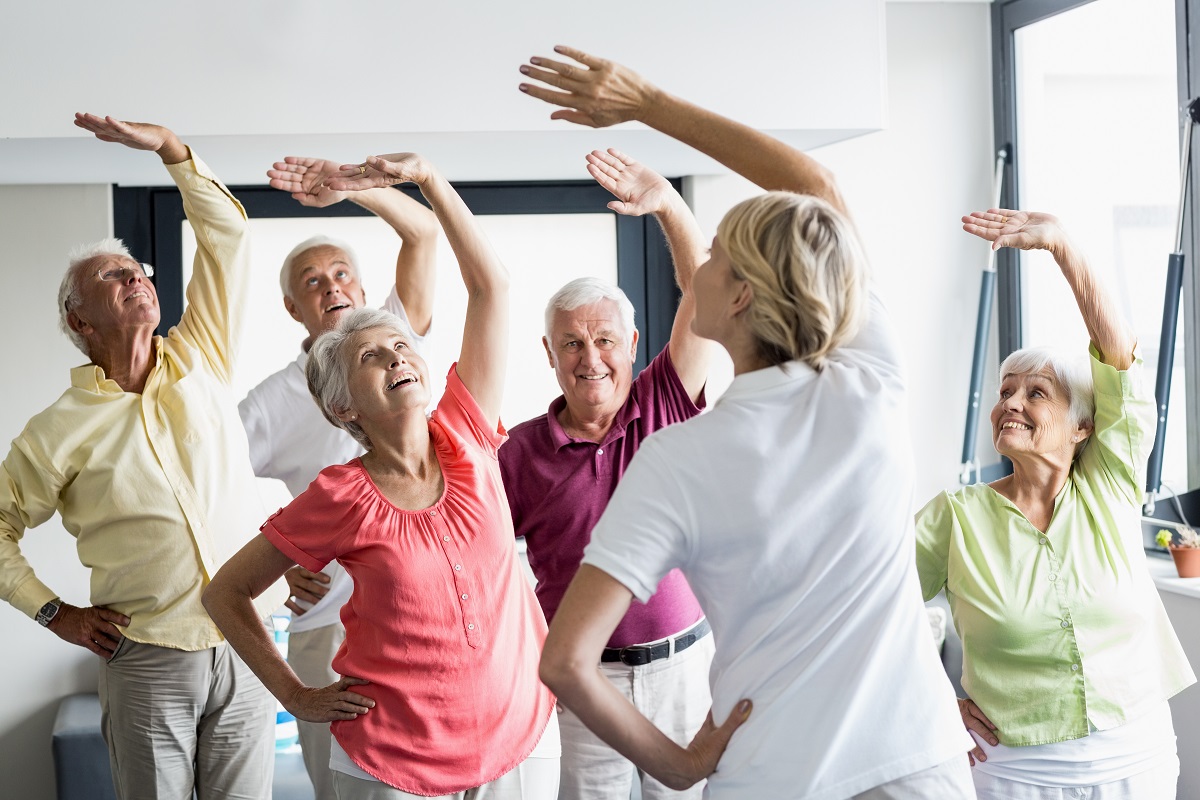Staying active can help seniors live their best life and have a more positive attitude. It can also reduce your risk for type 2 diabetes, heart disease, and some cancers, and help you maintain a healthy weight.Exercise plays a big part in staying fit, so here are some senior fitness tips to help you.
According to the National Institute on Aging, the United States currently has more than 49 million older adults (65 years old and above). This figure is the highest in the country’s history, and it’s projected to increase further as more Americans hit retirement age. Regular exercise is essential if you want to reach such age and enjoy a long lifespan — all while sustaining a good quality of life.
What Are The Benefits Of Staying Active?
You don’t have to be a regular at your nearby gym to be physically active and at optimal senior health. Activities such as brisk walking, swimming, and lawn mowing are considered exercises.
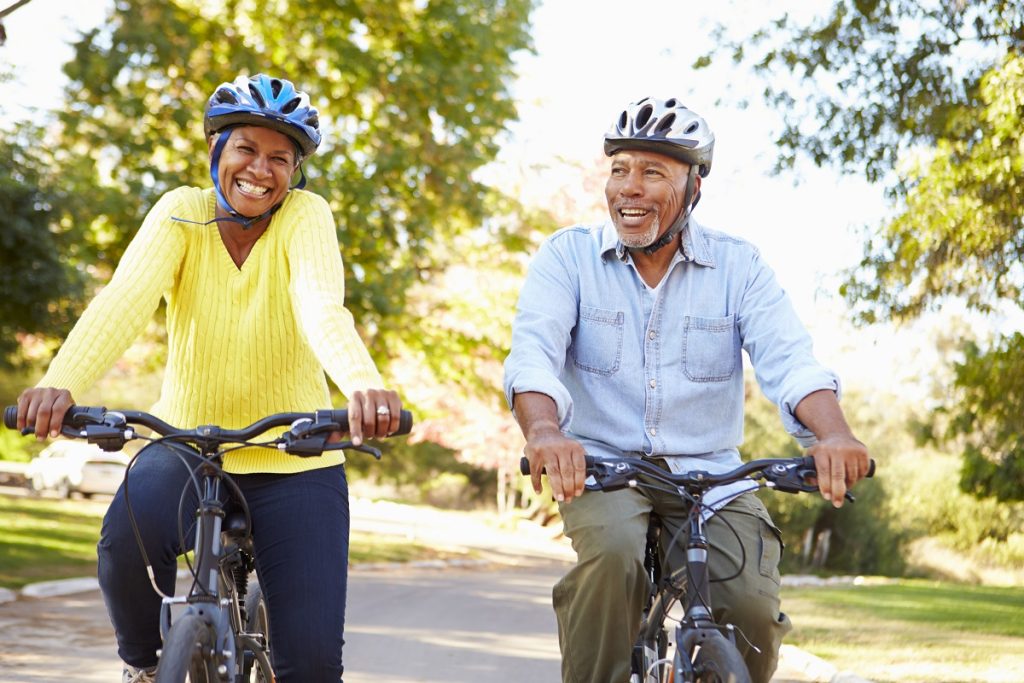
At the minimum, adults are encouraged to perform 2.5 to five hours of moderate physical activity (MPA) and 1.25 to 2.5 hours of vigorous physical activity (VPA) every week. According to research, those who hit — and exceeded — the maximum recommended exercise time enjoyed lower mortality.
Apart from that, other benefits of exercise include:
- Enhanced mood and energy levels
- Better control of one’s weight
- Lower likelihood of developing diseases
- Increased strength, balance, and mobility
- Improved mental health
What Are The Benefits Of Exercise For Seniors?
As you age, you’ll experience a natural physical decline. More than just shedding off extra fats, exercising proves to be holistically beneficial for aging individuals. Here are some perks of maintaining senior fitness through exercise:
1. Better Bone Health
You’re also building up bone density while exercising and strengthening your muscles. As a result, you’ll gain better mobility and a lower risk of bone diseases such as osteoporosis (which are more common in older people).
2. Reduced Risk Of Falls
Exercising can also improve your body’s balance, flexibility, and coordination. These are the very things you need to prevent getting into slip-and-fall accidents.
3. Enhanced Cardiovascular System
Doing aerobics is good for your heart. By improving how your heart muscle, you can be better at doing chores such as lifting grocery bags. You can also decrease your chance of developing heart disease and lower your high blood pressure.
4. Improved Sleep
One of the health benefits that seniors reap from being physically active is enhanced sleep quality. Working out your body will help you fall asleep more quickly and give you more restful nights. This kind of sleep improves your overall well-being — including your cognitive abilities.
5. Decreased Risk Of Dementia
You must ensure proper blood flow for your brain to remain sharp as you grow older. Doing exercises will help you do just that. Fit people are less likely to have Alzheimer’s and other brain disorders characterized by memory loss.
What Are The Four Main Types Of Exercise That Seniors Need To Stay Healthy?
It’s one thing to be motivated to exercise. However, you must remember that you shouldn’t be confined to doing just one or two types of exercise. One of the best fitness tips for seniors is to be holistic about their approach.
These are the four kinds of exercise that you must do to stay healthy:
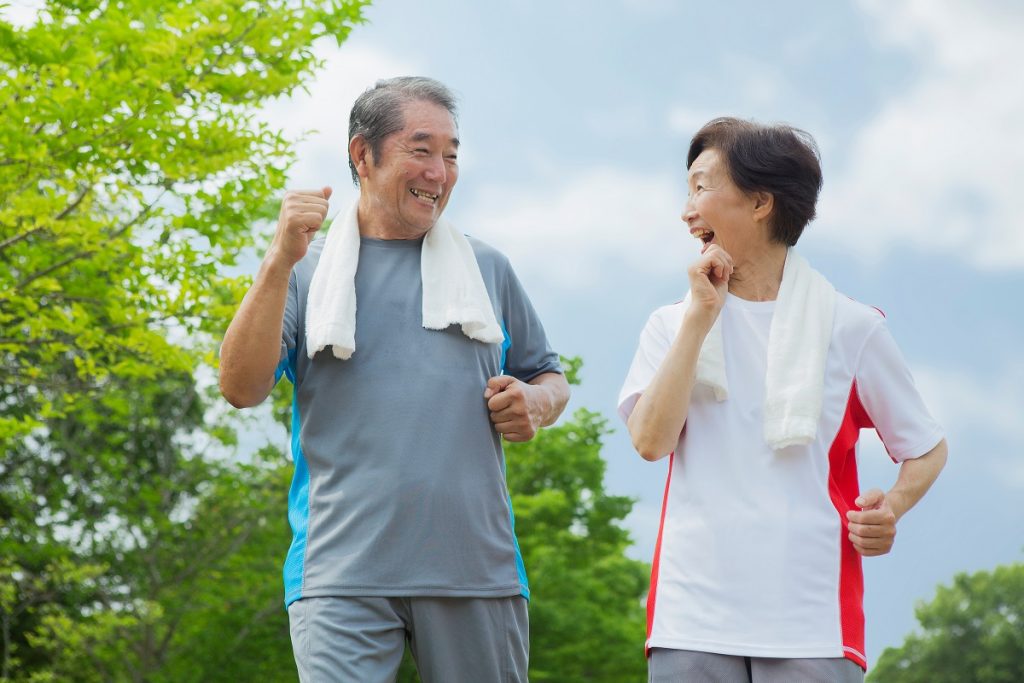
1. Aerobic Or Endurance Exercises
These exercises are meant to boost cardio functioning. They increase heart rate and breathing — and enhance your endurance. Walking, jogging, dancing, and performing water aerobics are all considered aerobic activities.
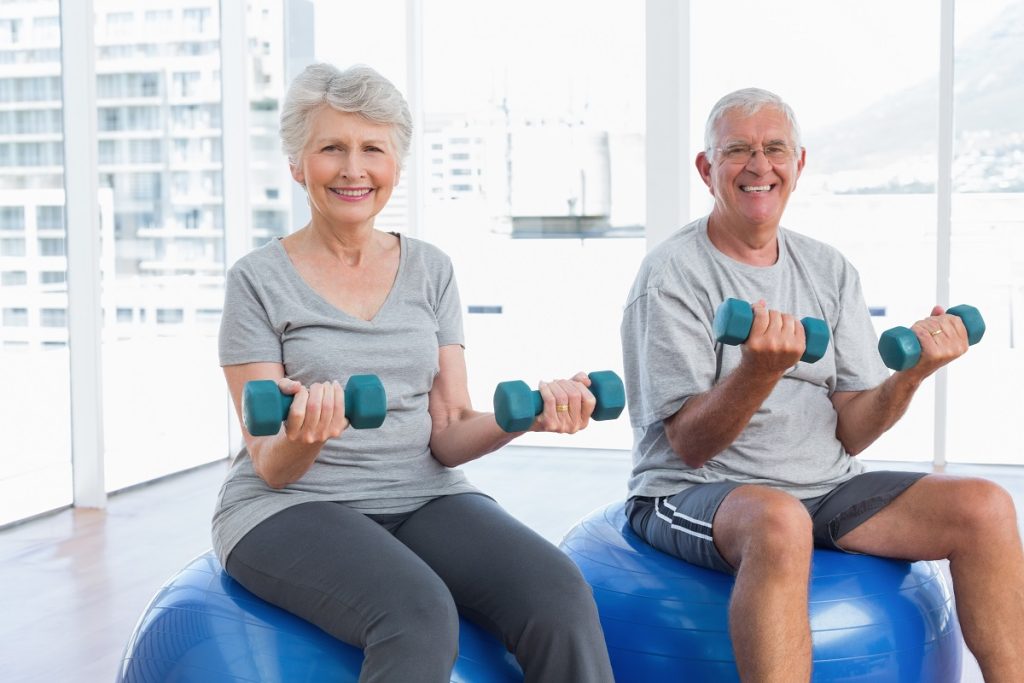
2. Strength Training
Losing muscle mass is a natural thing for aging people. You can gain it back and increase muscle strength by lifting weights and exercising with resistance bands. These activities aid in weight loss (and control) and reduce back pain.
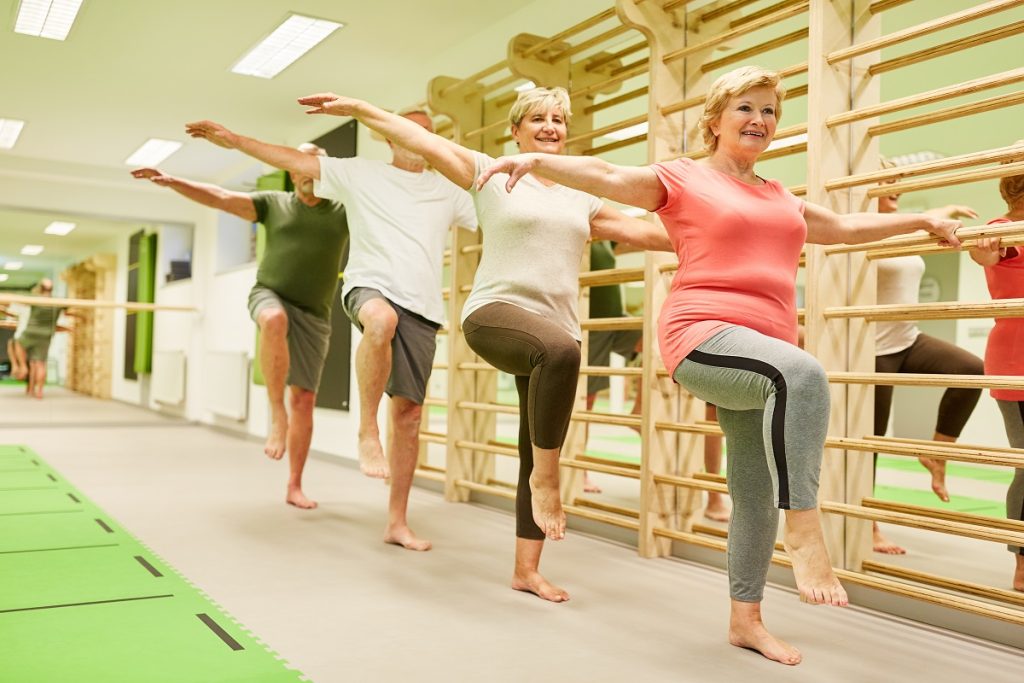
3. Balance Exercises
More than 800,000 seniors are hospitalized due to fall injuries every year. Improving your balance can prevent you from being a part of that statistic. Doing yoga or tai chi under the supervision of a trainer or caregiver can help you boost your balance.
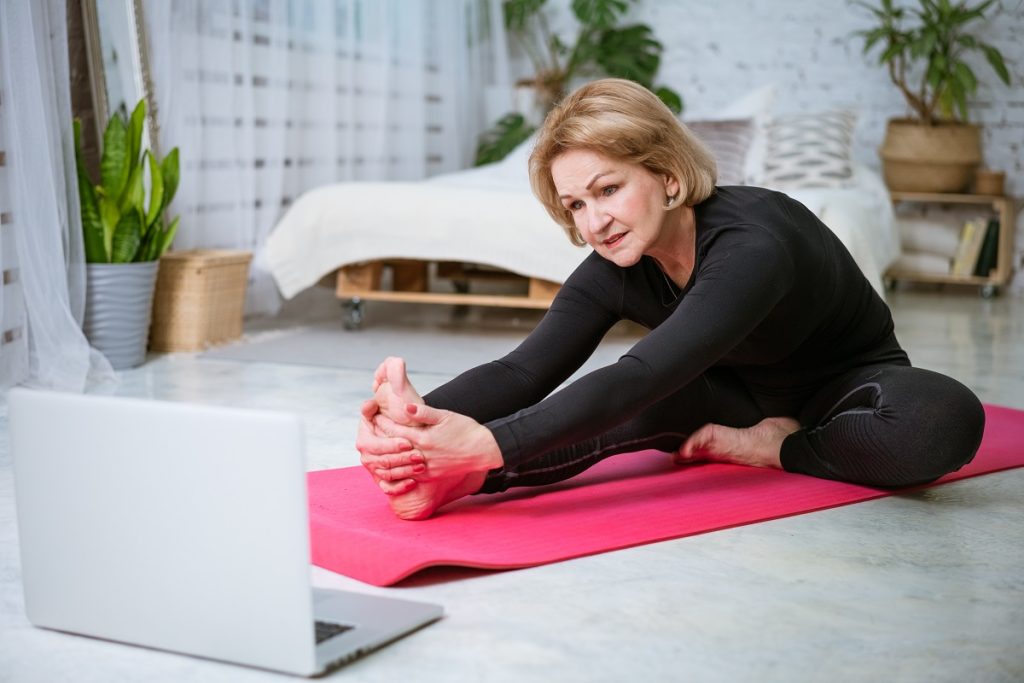
4. Stretching Or Flexibility Exercises
These activities will enhance your mobility while lowering your risk for injury. If you’re a senior and want to continue doing your daily routine safely, you need to ensure you regularly do your stretching.
What Is The Best Workout For Seniors?
Especially now that you’re one of the older adults, it’s vital to build an exercise routine that will help you live well. Here are the best activities you can try:
1. Walking
For seniors, this is one of the easiest and less enervating ways to enjoy the benefits of exercise. It can be easily modified to achieve the pace, time, and distance that best fits your condition.

2. Dancing
One of the best fitness tips is to have an exercise buddy. And if you’re looking for an exercise that two (or more) people can easily enjoy — dancing is a great choice.
3. Swimming
Swimming is considered low impact on bones. Many seniors who want to stay fit and healthy hit the pool often. They get to exercise without straining their body — and while enjoying the water at the same time.
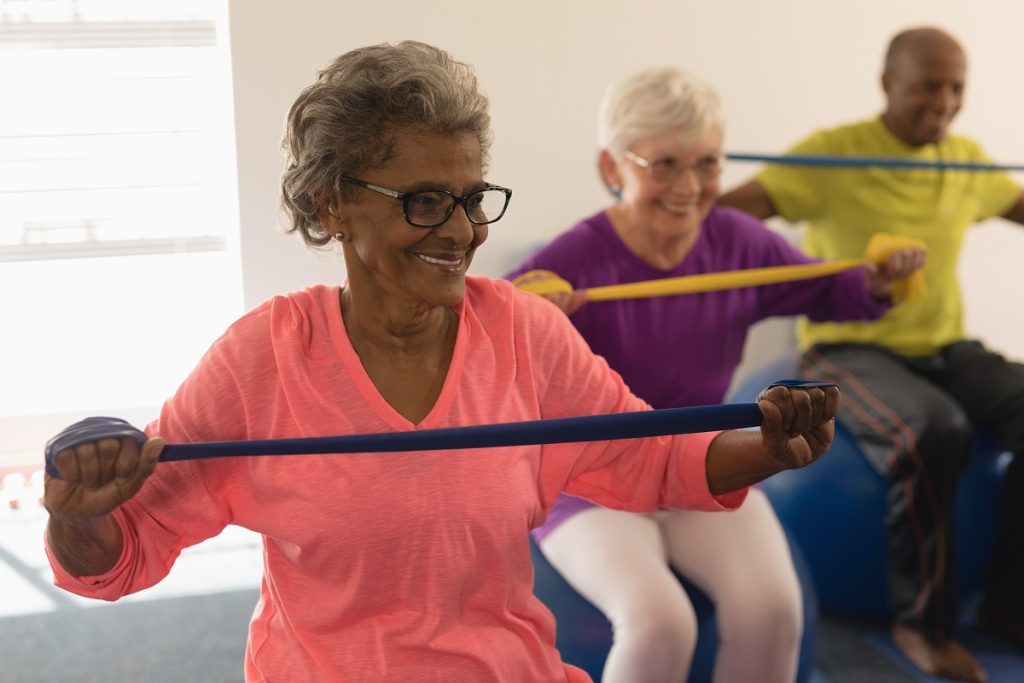
4. Resistance Band Exercises
These are beginner-friendly activities that will help you build muscle and bone bass. It also strengthens your back, improves your posture, and enhances grip strength.
5. Tai Chi
This has benefitted seniors and youngsters alike since ancient times. One of the oldest forms of exercise, it increases your spatial awareness while enhancing your sense of balance.
Exercise Programs That Cater To Seniors
Some gyms have programs designed for seniors, but there are some exercise programs available nationwide for seniors:
- SilverSneakers. This fitness program grants access to a wide network of indoor and outdoor exercise classes. It involves over 13,000 gyms and 60 healthcare plans dedicated to helping older people live better as they age through fitness classes.
- Active Living Every Day (ALED). With the ALED book as its main resource, this program is designed to help seniors integrate physical activity into their day-to-day living. It also offers online materials facilitators and participants can use in their fitness journey.
- EnhanceFitness. Offered in over 500 locations (including senior centers), this offers hour-long exercise routines that a certified instructor facilitates. You can perform all four main types of exercise through this program.
How Can I Improve My Fitness At 70?
If you’re nearing or already 70, you may wonder how to improve your fitness level. Reaching this age is a life milestone — given that many chronic conditions today shorten the lifespan of people around the world. To stay healthy and lead an active lifestyle, here are some tips:
- Break down your fitness goals and be realistic about it
- Add senior exercise activities you enjoy to your routine and stick with it
- Eat more fruits and vegetables and cut back on sugar and salt
- Stay hydrated (keep in mind that older people tend to get more thirsty due to changes in body temperature regulation)
- Care for your mental wellness and spend time with family members and friends
How Much Exercise Should A 70-Year-Old Get A Day?
Apart from the weekly moderate and vigorous exercise recommendations, anyone aged 65 years and above should perform muscle-strengthening exercises at least two days per week.
Your physical activity should also include balance training three days, week in and week out.
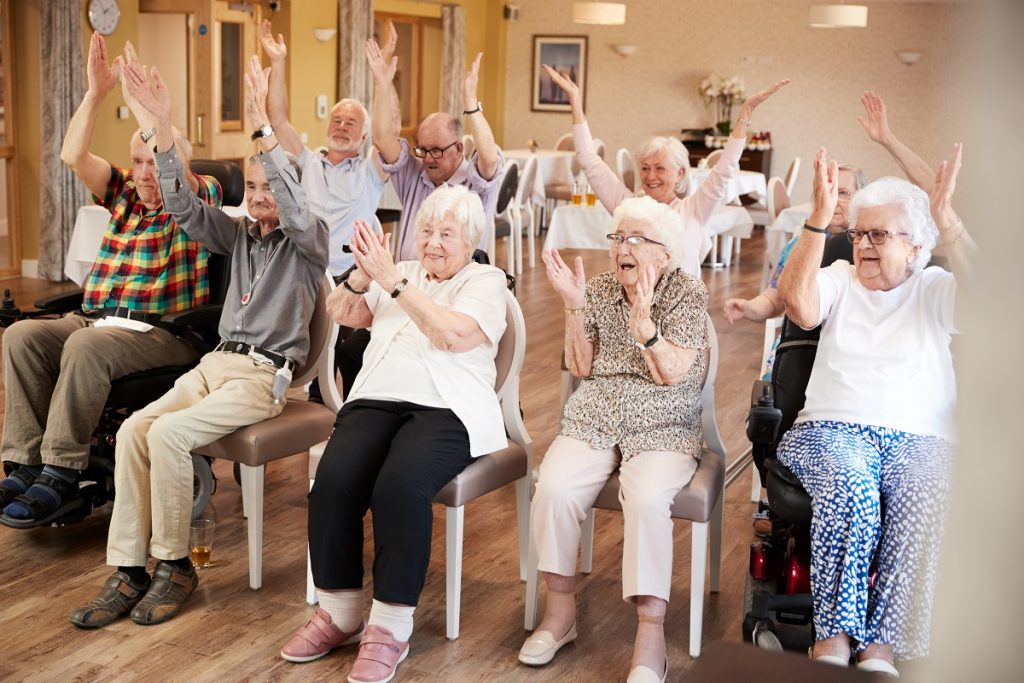
What Should I Do If I Can’t Exercise?
Fitness levels decline as people age. Older adults, in particular, face more barriers in their fitness journey.
They are more at risk of feeling discomfort and pain. They’re also often afraid of getting injured, which leads them to think exercising can do them more harm than good.
Before any exercise program, you must talk with your care provider first. This will give you a clear understanding of which exercises you can do — and minimize the risk of exercise-related injury, pain, or discomfort.
It’s also vital to know what you or your loved one enjoy and what’s the most realistic activity you can incorporate into your routine. For instance, consider doing water aerobics if you have a pool at home. If you have limited mobility, opt for activities that won’t require moving your immobile component.
To help you keep going and make the most of the benefits of staying physically active, exercise with a group or a partner.

